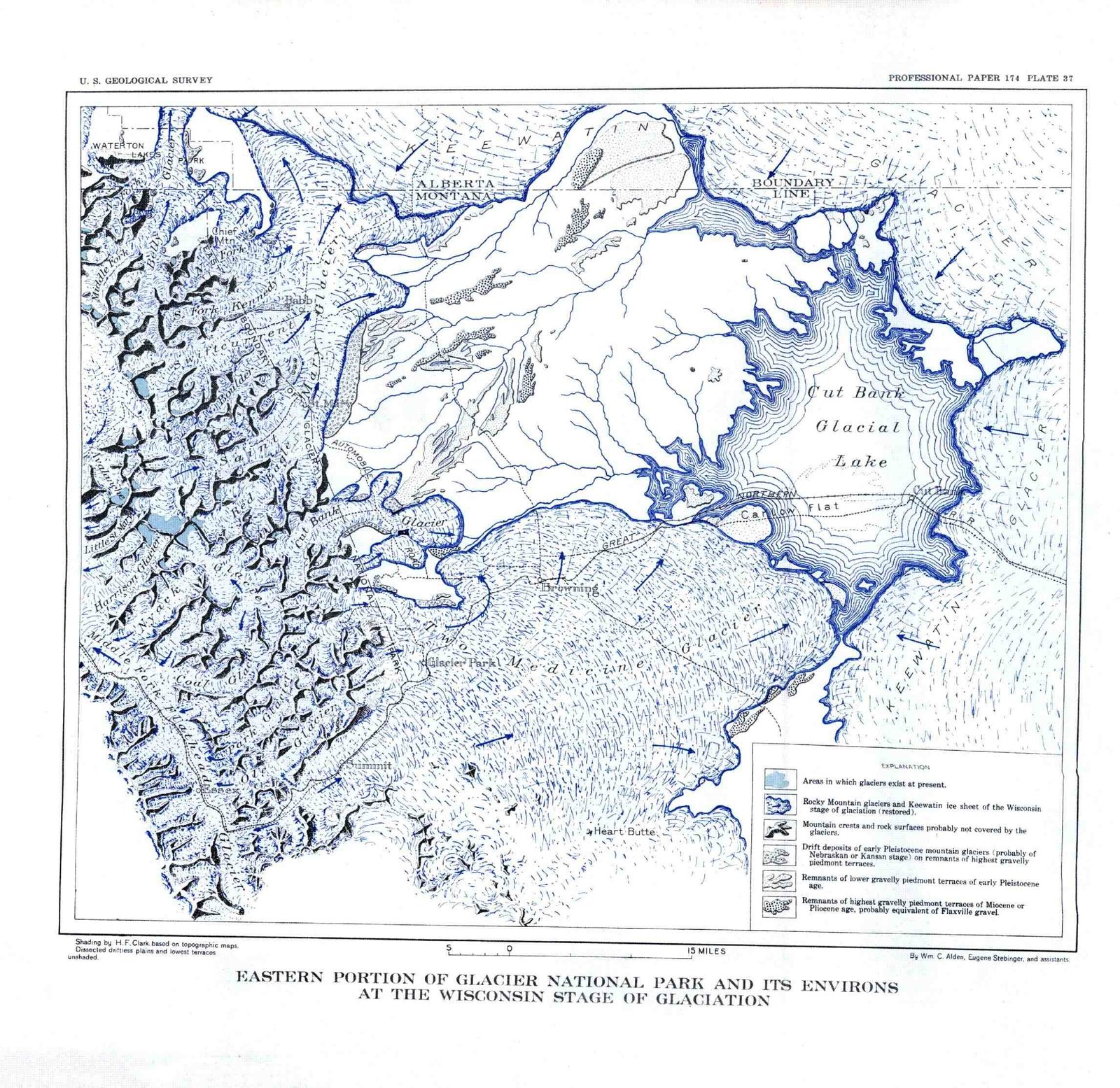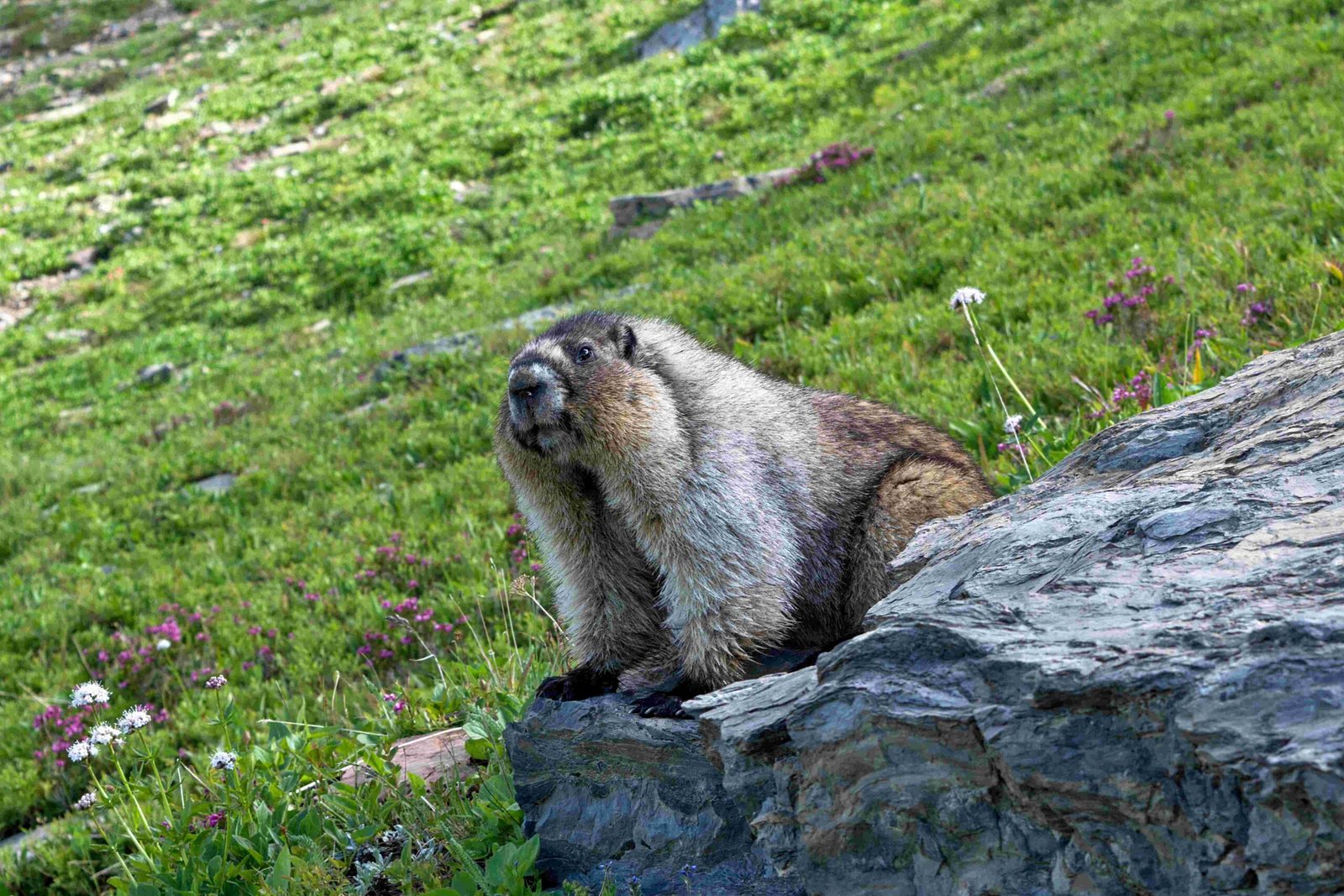The Divide Mountain Glacier National Park hike offers a challenging and rewarding experience for experienced hikers. This trail, located in the stunning Glacier National Park, provides breathtaking views of the surrounding mountains, alpine meadows, and diverse wildlife. The hike involves significant elevation gain, potential snow fields, and unpredictable weather conditions, making it a true adventure for those seeking to explore the rugged beauty of Montana’s wilderness.
What Are the Trail Conditions for the Divide Mountain Hike?

The Divide Mountain trail in Glacier National Park presents hikers with a variety of conditions that can change rapidly depending on the season and weather. Here’s what you need to know:
- Weather Variability:
- Unpredictable mountain weather
- Potential for sudden temperature drops
-
Possibility of snow even in early summer
-
Trail Hazards:
- Unbridged creek crossings
- High-angle snow fields at higher elevations
-
Downed trees and brush obstructions
-
Wildlife Awareness:
- Active bear territory
- Various other wildlife encounters possible
It’s crucial to check the latest trail reports from the National Park Service before embarking on your hike, as conditions can change rapidly in this alpine environment.
What Is the Difficulty Level of the Divide Mountain Trail?

The Divide Mountain trail is considered a challenging hike, suitable for experienced hikers. Here’s a breakdown of what makes this trail demanding:
| Aspect | Details |
|---|---|
| Elevation Gain | Approximately 2,000-3,000 feet |
| Technical Challenges | Steep inclines, potential snow fields, stream crossings |
| Trail Length | Estimated 8-10 miles round trip |
| Recommended Experience | Advanced hikers comfortable with rugged terrain |
Hikers should be prepared for:
– Navigating through dense forests
– Crossing streams without bridges
– Dealing with unpredictable weather
– Potential wildlife encounters
What Are the Available Hiking Routes for Divide Mountain?
While the specific routes for Divide Mountain may vary, here are some general aspects of the hike:
- Main Trail:
- Starts from the trailhead (exact location to be confirmed with park rangers)
- Follows a steady ascent through forested areas
-
Opens up to alpine meadows as you gain elevation
-
Summit Push:
- Final ascent to Divide Mountain peak
- May involve scrambling over rocky terrain
-
Offers panoramic views of Glacier National Park
-
Optional Side Trails:
- Potential detours to nearby lakes or viewpoints
- Check with park rangers for current conditions and recommendations
Estimated hiking time: 6-8 hours round trip, depending on your pace and stops for rest and photography.
What Is the Elevation Profile of Divide Mountain?
Understanding the elevation profile is crucial for preparing for the Divide Mountain hike:
- Starting Elevation: Approximately 5,000-5,500 feet (trailhead)
- Peak Elevation: Estimated 8,000-8,500 feet (Divide Mountain summit)
- Total Elevation Gain: 2,500-3,000 feet
The elevation profile impacts the hike in several ways:
- Physical Exertion:
- Increased effort required due to thinner air at higher altitudes
-
More frequent rest stops may be necessary
-
Weather Changes:
- Temperature drops of 3-5°F for every 1,000 feet of elevation gain
-
Increased wind speeds at higher elevations
-
Vegetation Changes:
-
Transition from dense forest to alpine meadows and rocky terrain
-
Acclimatization:
- Some hikers may experience mild altitude sickness symptoms
- Proper hydration and pacing are essential
What Should I Pack for the Divide Mountain Hike?
Given the challenging nature of the Divide Mountain hike, proper preparation is key. Here’s a comprehensive packing list:
- Essentials:
- Sturdy hiking boots with good ankle support
- Trekking poles for stability
-
Backpack with rain cover
-
Clothing:
- Moisture-wicking base layers
- Insulating mid-layer (fleece or wool)
- Waterproof and breathable outer layer
- Hat and gloves
-
Extra socks
-
Food and Water:
- At least 3 liters of water per person
- Water filtration system
-
High-energy snacks and lunch
-
Navigation and Safety:
- Topographic map and compass
- GPS device (with extra batteries)
- First aid kit
- Emergency shelter (space blanket or bivy sack)
-
Headlamp with extra batteries
-
Wildlife Protection:
- Bear spray (know how to use it)
-
Bear-resistant food container
-
Miscellaneous:
- Sunscreen and sunglasses
- Insect repellent
- Camera
- Permits and identification
How Can I Prepare Physically for the Divide Mountain Hike?
To ensure you’re ready for the challenges of the Divide Mountain hike, consider the following preparation tips:
- Cardiovascular Training:
- Regular aerobic exercises like running, cycling, or swimming
-
Aim for at least 30 minutes, 3-4 times a week
-
Strength Training:
- Focus on leg and core exercises
-
Include squats, lunges, and step-ups in your routine
-
Hiking Practice:
- Gradually increase the difficulty and length of your practice hikes
-
Incorporate elevation gain in your training
-
Altitude Acclimation:
- If possible, spend time at higher elevations before your trip
-
Stay hydrated and avoid alcohol to help with acclimatization
-
Mental Preparation:
- Research the trail and understand the challenges
- Practice navigation skills and familiarize yourself with your gear
What Are the Best Times to Hike Divide Mountain?
The optimal time for hiking Divide Mountain in Glacier National Park typically falls within a specific window:
- Peak Season: July to early September
-
Reasons:
- Most snow has melted from the trails
- Wildflowers are in bloom
- Daytime temperatures are most comfortable
-
Shoulder Seasons: Late June and mid-September to early October
- Considerations:
- Fewer crowds
- Potential for early or late snow
- More variable weather conditions
| Season | Pros | Cons |
|---|---|---|
| Summer (Peak) | Best weather, clear trails | Crowded, need for advance planning |
| Early Fall | Fall colors, fewer people | Colder temperatures, possible snow |
| Late Spring | Waterfalls at peak flow | Snow-covered trails, limited access |
It’s crucial to check current conditions and trail status with park rangers before planning your hike, regardless of the season.
How Can I Minimize My Environmental Impact on the Divide Mountain Trail?
As visitors to Glacier National Park, it’s our responsibility to preserve the natural beauty of Divide Mountain. Follow these Leave No Trace principles:
- Plan Ahead and Prepare:
- Know regulations and special concerns for the area
-
Prepare for extreme weather, hazards, and emergencies
-
Travel and Camp on Durable Surfaces:
- Stay on established trails
-
Camp at least 200 feet from lakes and streams
-
Dispose of Waste Properly:
- Pack out all trash, leftover food, and litter
-
Use catholes for human waste at least 200 feet from water sources
-
Leave What You Find:
- Preserve the past: observe, but do not touch cultural or historic structures and artifacts
-
Leave rocks, plants, and other natural objects as you find them
-
Minimize Campfire Impacts:
- Use a lightweight stove for cooking
-
Where fires are permitted, use established fire rings
-
Respect Wildlife:
- Observe wildlife from a distance
-
Do not feed animals
-
Be Considerate of Other Visitors:
- Respect other visitors and protect the quality of their experience
- Be courteous and yield to other users on the trail
By following these guidelines, we can ensure that the Divide Mountain trail remains pristine for future generations of hikers to enjoy.
Remember, the Divide Mountain Glacier National Park hike is a challenging but rewarding adventure. Proper preparation, respect for the environment, and a spirit of adventure will make your experience unforgettable. Always check current conditions with park rangers and be prepared to adjust your plans based on weather and trail status. Happy hiking!
References:
1. National Park Service – Glacier National Park
2. Leave No Trace Center for Outdoor Ethics